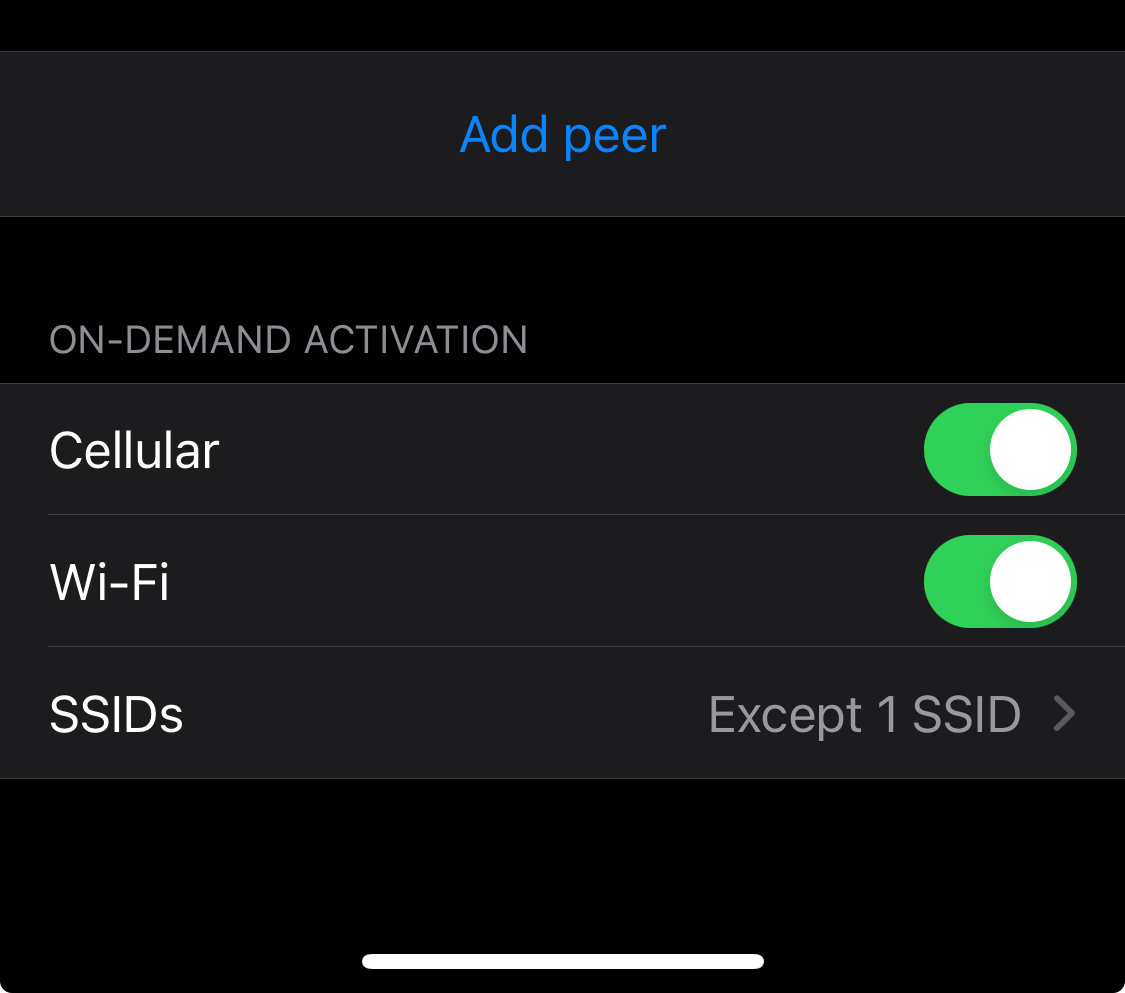

Thanks for the reply. Makes sense. I haven’t had any jobs recently that would push us there.
CC is also priced low enough we can sign back up for a month if we need it.
One feature set of CC I’ll miss is the libraries functionality working across all the apps. Someone on the team needs a client asset in any app ? (AE/ID/PS/AI) There it is.






Pros:
Cons: